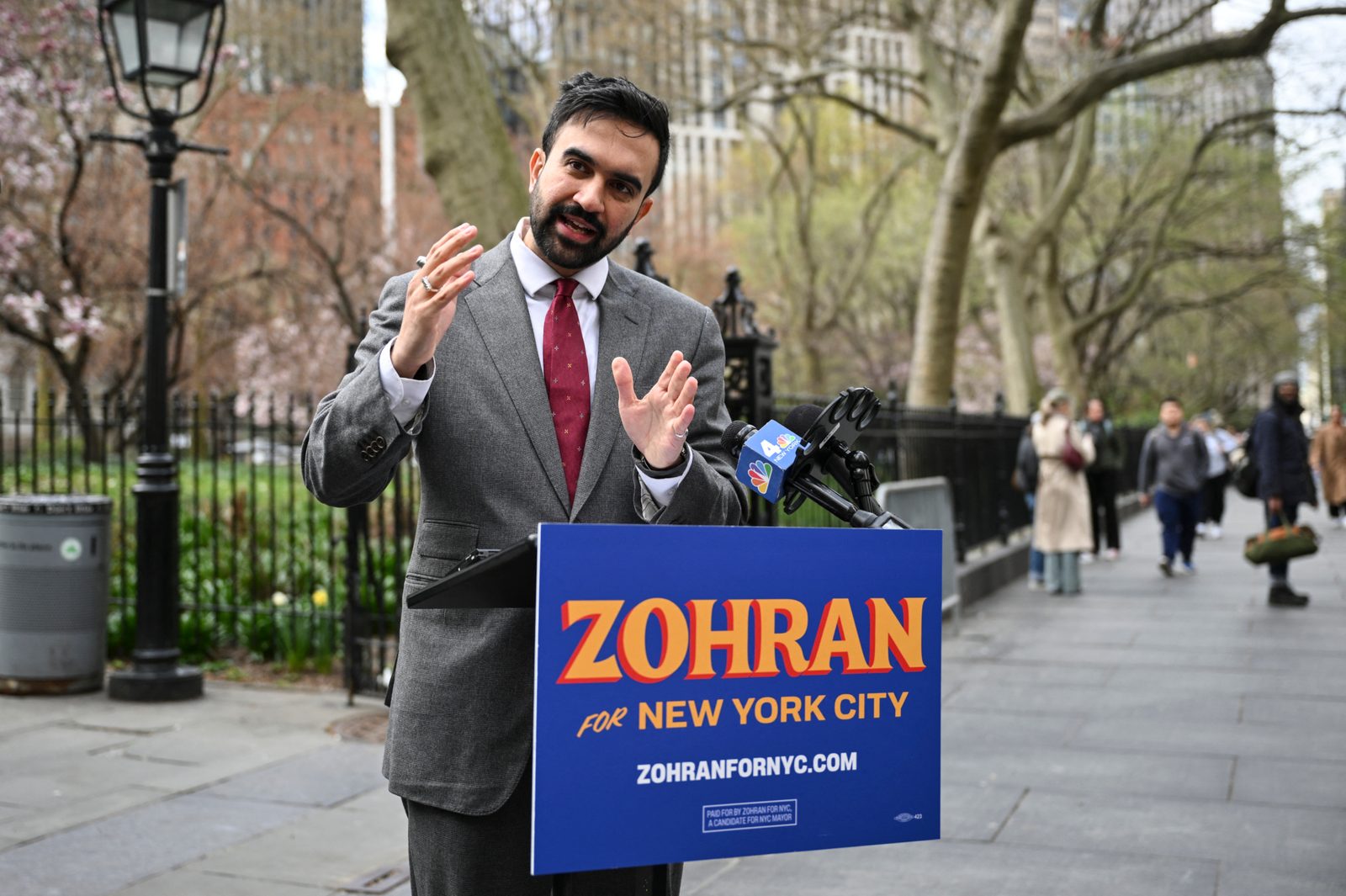This op-ed originally appeared in the Deseret News.
Short-term housing such as Airbnb and VRBO rentals make up some twenty thousand houses in Utah. What if those were available for residents to buy? Could this solve the affordable housing shortage?
By some estimates, Utah has a shortage of forty thousand affordable housing units. Elected officials across the state, including the governor, have recently highlighted short-term rentals as an issue worth considering when looking for a solution. While short-term rental regulation is certainly not a new topic for Utah state and local governments, how much blame should they get for the state’s affordable housing crisis?
They frame the conversation like this: There are approximately twenty thousand housing units being used as short-term rentals. If we want to address this lack of affordable housing, we need to do something about these short-term rentals so that residents, as opposed to visitors, have a place to stay.
As a researcher looking into housing and other local issues, I jumped into action to confirm the data. With the unprecedented construction we’ve seen in Utah, is our housing shortage still that severe? How many of these twenty thousand short-term rentals would be good candidates for conversion to affordable housing?
I already had data showing that, yes, Utah’s housing shortage is severe and the lack of affordable units, regardless of the definition, was easily in the tens of thousands. But what about those twenty thousand short-term rentals and their impact on housing affordability? I knew that the answer depended on where those short-term rentals were located.
Luckily, Dejan Eskic, a researcher at the Kem C. Gardner Policy Institute, released a policy brief providing some much needed data and clarity. After careful analysis of the data, here is what I discovered:
Short-term rentals are concentrated in resort areas with abnormally high tourism and vacation home demand. For example, Park City and nearby Snyderville account for 5,625 of the state’s 17,236 residences being used as short-term rentals with no owner occupancy. These resort areas feature homes, of virtually any size, at prices well over one million dollars. Restricting short-term rentals (more than they already are) in these areas would do practically nothing to provide affordable housing stock. The reason is simple—practically none of the homes being used as short-term rentals, if converted to long term rentals, would be affordable under any definition.
Even if the state or local governments banned short-term rentals, it would only provide temporary relief. The impacts of a measure like banning short-term rentals statewide, would provide a maximum of 17,236 new total housing units to the state—or 1.6% of the current total housing units. This many homes entering the market would increase supply and undoubtedly apply some downward pressure on prices where short-term rentals are concentrated. However, the positive effects on the housing crisis would be temporary. Again, the reason is simple—we can increase supply by building more housing every year, but there’s only so many short-term rentals to convert.
In the academic study cited by the policy brief, short-term rental bans in Los Angeles County, California, reduced home prices and rents by 2 percent. Assuming that the same reduction would hold true in Utah, this would translate into a $11,600 reduction in home prices. While this reduction would be helpful for some, it wouldn’t come close to putting homes at Utah’s median selling price of $580,000 within reach for Utahns earning less than about $90,000 in annual income.
If we want more affordable housing, we need more housing supply. While it was striking to learn that almost 33 percent of short-term rentals in Utah are in Park City and Snyderville, a careful consideration of the topic reveals that if we want to meaningfully and permanently address the housing crisis, we need to consider reforms with greater impact than short-term rental regulation. For example, if resort towns and counties want more affordable housing, lawmakers should consider reforming the zoning laws that prevent the construction of duplexes, small courtyard apartments, or other housing referred to as the “missing middle.” Other barriers to supply, such as unnecessarily large minimum lot sizes and difficult permitting processes, are also worth serious examination.
Lastly, avoiding bans on short-term rentals would preserve the rights of property owners who are currently providing all of us, and those who wish to visit us, lodging with kitchens, more space and an experience distinct from that of a hotel stay.





